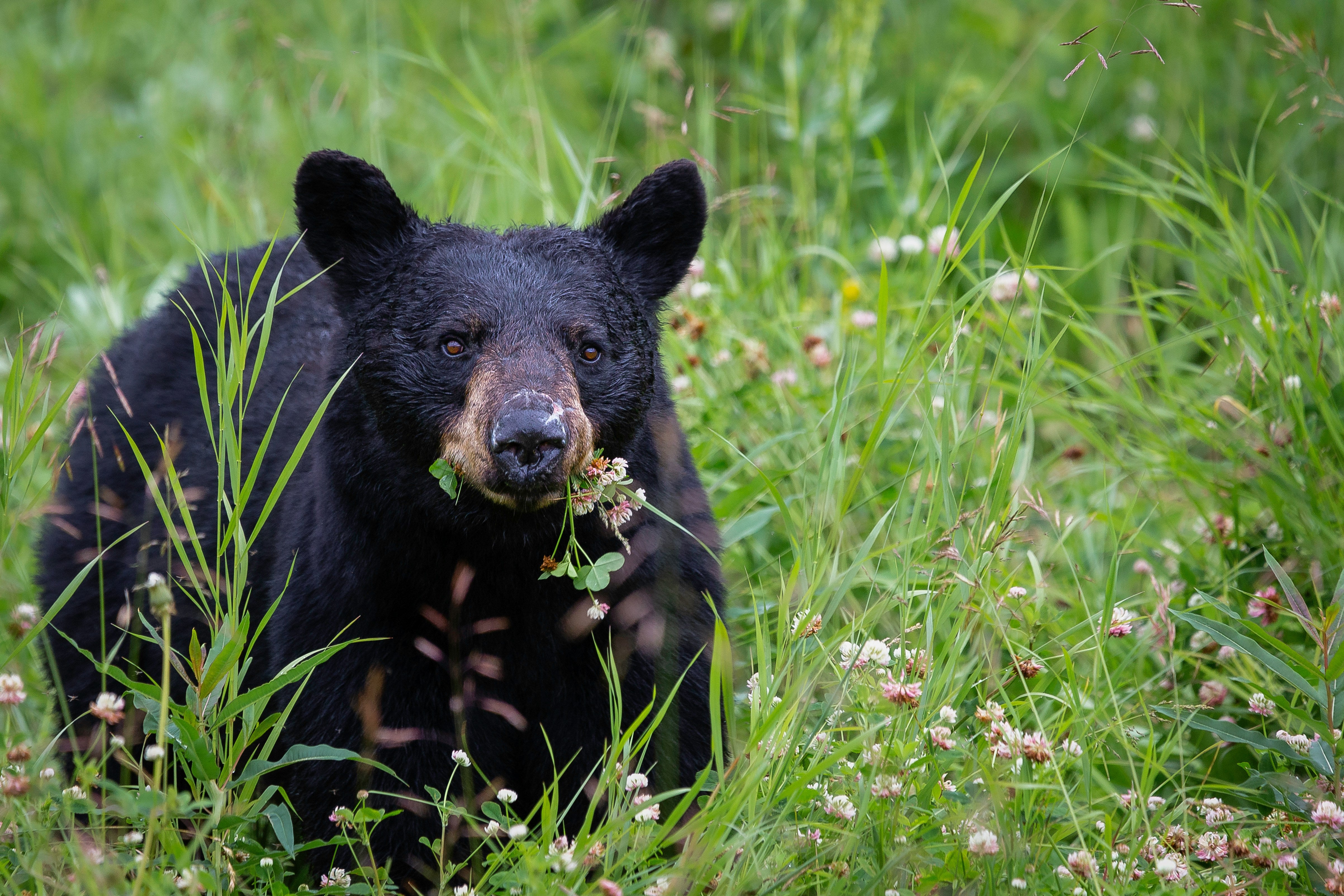Living with Bears: Mapping Black Bear (Ursus americanus) Movement and Habitat Connectivity in California’s Northern Bay Area to Proactively Reduce Conflict

Black bears play a crucial ecological role; contributing to biodiversity and ecosystem health through services such as seed dispersal, scavenging, and nutrient cycling. Known to be more abundant and smaller than their grizzly counterparts, they have similar impacts on the ecosystem as they increase soil fertilization through their foraging behaviors and influence the movement of other forest species. In recent years, black bears have been expanding their range into California’s Northern Bay Area. Their gradual movement through this increasingly developed ecosystem inevitably results in more frequent conflict with humans in urban areas. While researchers are still unsure about the cause of this movement, it is clear that there is a need to find methods of sustainable coexistence between humans and black bears. By identifying a safety corridor for black bears and proposing land management techniques, the team aims to improve human-bear interaction outcomes.